McLaren's rise from the F1 doldrums of the mid-2010s was complete when Lando Norris crossed the line in Abu Dhabi to win and seal the constructors' championship, completing a remarkable turnaround for the Woking squad.
From a team on its knees just seven seasons earlier in 2018, McLaren had transformed itself into a world-championship-winning operation again after 26 years without a constructors' title.
But that rot that infected the team had its seeds sown way back in 2000 when engine partner Mercedes-Benz first acquired 40% of the McLaren Group, a deal completed on this day (February 3) 25 years ago.
It made sense. McLaren was effectively the Mercedes works operation, and after two titles for Mika Hakkinen in 1998 and 1999, and a near miss in 2000, things were looking bright.
But that light would continue to dim as the 2000s continued and as Michael Schumacher swept all before him, with the events of 2007 leaving deep scars in the team that have only just healed.
Article continues below.
Viewed by others:
Three reasons why
There were three key reasons behind Mercedes ultimately abandoning McLaren and opting to go it alone with its own works team - the behemoth Toto Wolff runs today.
First was spy-gate.
As it held 40% of shares in the McLaren Group, Mercedes was liable for 40% of the $100 million fine the FIA slapped on McLaren.
This was despite Mercedes having no knowledge, participation, or involvement in what had transpired with designer Mike Coughlan obtaining secretive Ferrari technical data for its 2007 car from the disgruntled Nigel Stepney.
The $100 million fine handed to McLaren is still the largest in sports history, with McLaren also placed on probation for two years, meaning if it was caught breaking the rules again, it would be banned from the world championship.
That would have seen McLaren go bust as it could not survive without F1.
Its 2007 constructors' championship it would have won by nine points from Ferrari was also expunged.
The second factor, albeit a minor one, not involving F1 per se, was that McLaren Automotive wanted to start becoming involved in the supercar market.
McLaren had dabbled in this market in the mid-1990s with the iconic McLaren F1 but then partnered with Mercedes-Benz to produce the McLaren-Mercedes SLR.
But in 2005, McLaren began developing what would become known as the MP4-12C sportscar.
A two-door coupé with a 3.8L V8 bolted in the back, the machine became the second-fastest around the Top Gear test track when driven by The Stig, second only to the Pagani Huayra - a successor to the Zonda.
It was faster than anything Mercedes-Benz had to offer, which despite owning 40% of the company, had no say over what McLaren was doing.
The frustration was beginning to grow.
The Brawn question
The final reason behind Mercedes dumping McLaren was something neither was in control of.
When the global financial markets crashed in 2008, the F1 manufacturers' boom of the decade quickly became the F1 manufacturers' bust.
BMW and Toyota were gone by the end of 2009, but Honda had pulled the trigger a year earlier when its badly under-performing grand prix squad - with just one win to its name - represented a saving of hundreds of millions of dollars.
Spending such money on a bad F1 programme when laying the rank and file off is a surefire way to attract negative press headlines.
Anyhow, after Honda withdrew, with its 2009 car already being developed, Ross Brawn famously brought the team for £1 and formed Brawn GP.
He had a team, a car, and he had Jenson Button and Rubens Barrichello as drivers, but he didn't have an engine.
Fortunately, his saviour was McLaren's new boss Martin Whitmarsh, a long-time lieutenant of Dennis who had moved aside after Lewis Hamilton's 2008 title success.
Not perceiving Brawn as a threat to the mighty McLaren, Whitmarsh offered up a customer supply of Mercedes engines, giving up McLaren's exclusive hold on the best V8 engine. Force India also received a supply, for the record.
Now, as kind-hearted as Whitmarsh's offer was, it was a catastrophic mistake as Brawn swept to the titles in F1's greatest underdog success as McLaren toiled away with its flawed MP4-24.
By the end of the season, Mercedes-Benz was sitting there, thinking, 'Why do we need all this aggravation with McLaren when we can have our own team?'
It promptly brought Brawn out for 2010, with those 40% of shares originally purchased into McLaren a decade earlier sold back, although about 11% remained.
The two would then go onto opposite paths, with Mercedes building up to title success with the turbo hybrid era of 2014 onwards just as McLaren hit rock-bottom after its failed Honda years.
Only a re-connection with Mercedes power in 2022 started the upward curve that ended with Norris and Oscar Piastri landing that long-awaited ninth constructors' title in 2024.
Also interesting:
Join RacingNews365's Ian Parkes, Sam Coop and Nick Golding, as they discuss Lewis Hamilton's next two big Ferrari tests and reflect on last weekend's Daytona 24 Hours. Max Verstappen was a big talking point in Daytona, with multiple drivers calling for him to enter.
Rather watch the podcast? Then click here!
Don't miss out on any of the Formula 1 action thanks to this handy 2026 F1 calendar that can be easily loaded into your smartphone or PC.
Download the calenderMost read
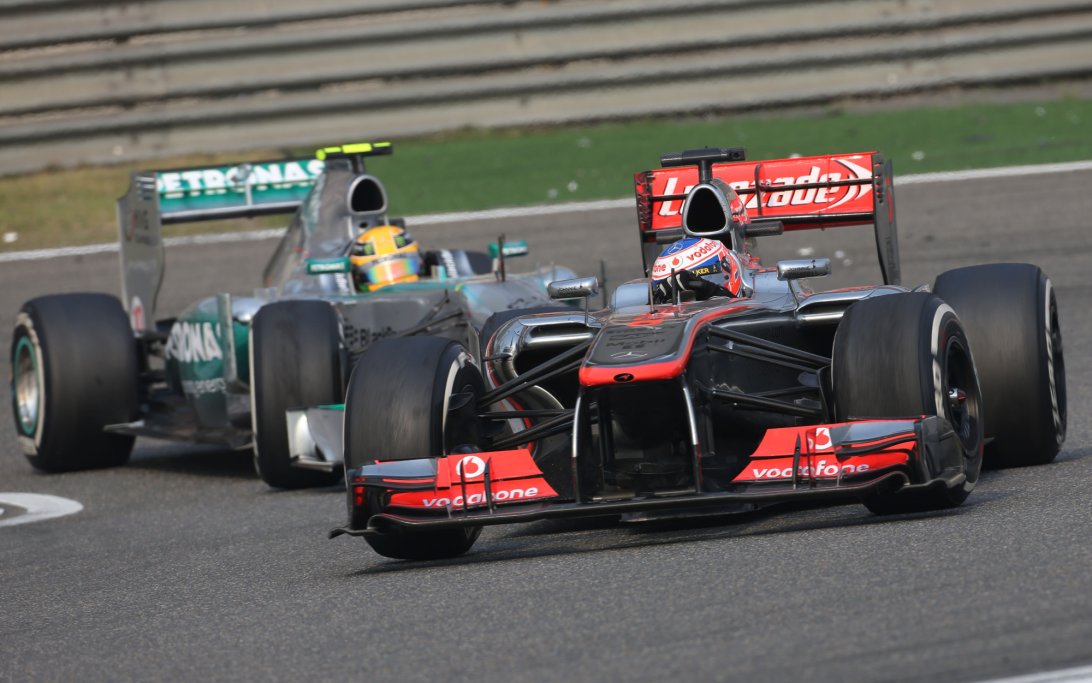
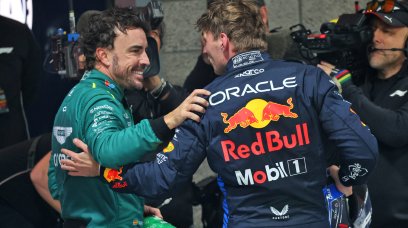

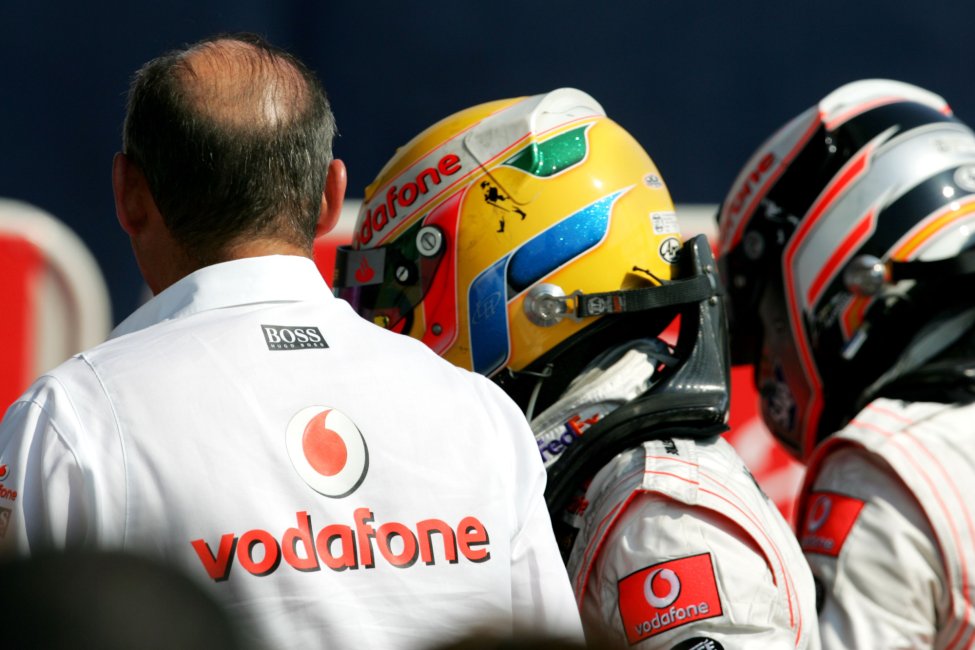
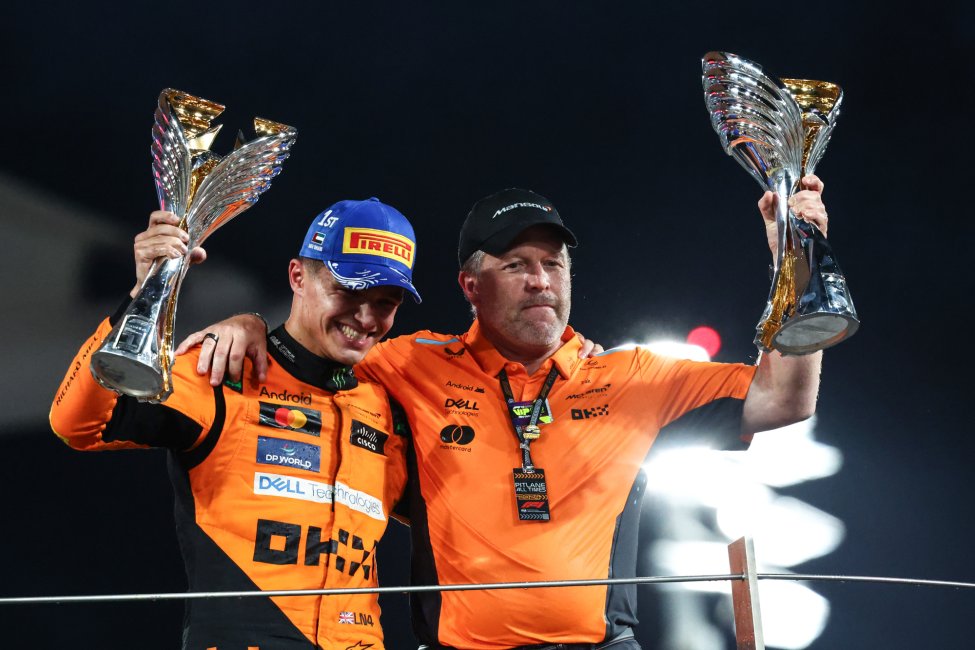


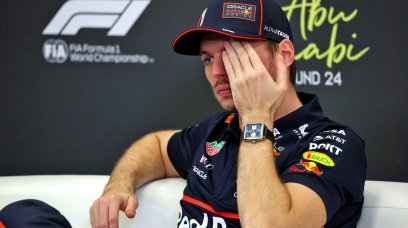
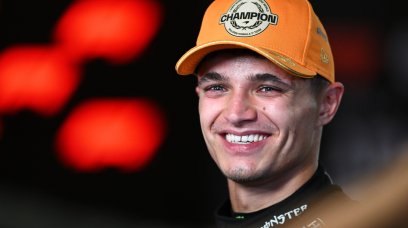
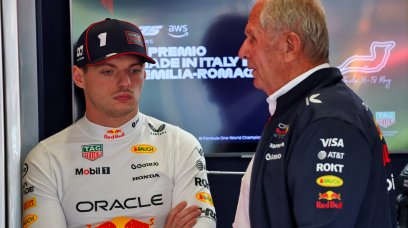
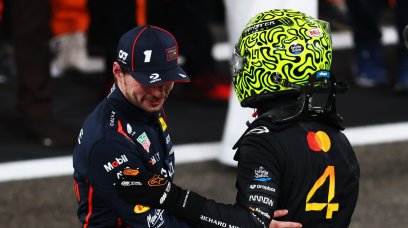
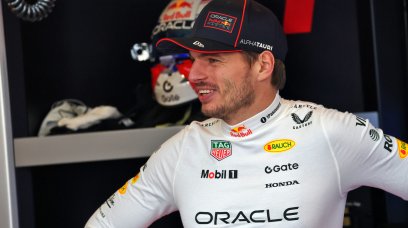
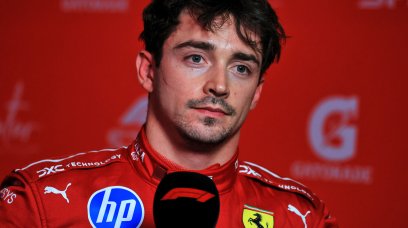
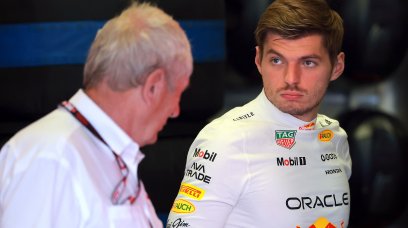
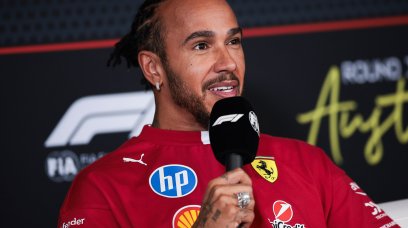
Join the conversation!